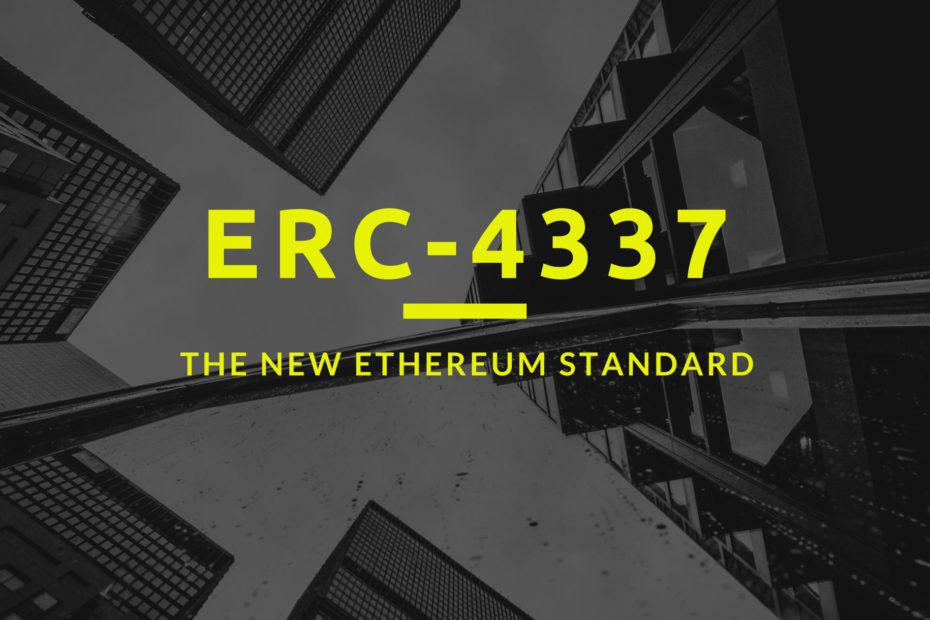Ethereum recently had a new standard deployed on the mainnet. This is ERC-4337, a long-awaited upgrade that will allow for account abstraction. Account abstraction is a feature that makes smart contract wallets natively supported by Ethereum. This promises to bring some big changes to the user experience on the protocol.
The upgrade was first proposed in 2021 by Vitalik Buterin and other developers as EIP-4337. It had to pass the on-chain governance model before being implemented as ERC-4337.
ERC-4337 and account abstraction
Ethereum allows for two types of accounts. These are Externally Owned Accounts (EOAs) and smart contracts. EOAs are accounts that are owned by users and powered by third parties. Most existing wallets, like MetaMask on the protocol, are EOAs.
Their reliance on private keys limits EOAs. You need your private keys to access the account and sign transactions. To protect these keys, wallets employ some tough and unforgiving security measures. For instance, if you lose your private keys, you lose your wallet and the funds associated with it.
Smart contract accounts, on the other hand, don’t require private keys. Instead, they are programable. The user can write a line of code with predefined instructions that will be automatically implemented once met.
ERC-4337 combines the functionality of the two accounts – smart contracts and EOAs – into one. This will allow the protocol to support smart contract wallets natively, making account abstraction possible.
What does account abstraction mean for users?
Account abstraction simplifies the user experience on crypto wallets. The smart contracts wallet will allow users to program their own logic into the wallet. This means they can:
- Set transaction limits: Specify the maximum value that can be transferred from the account in a week.
- Create whitelists: Only allow transactions to certain safe addresses.
- Enable multi-sig authorization: Configure the account so that transactions require a minimum number of signatures.
But the biggest change, perhaps, is how people relate to existing security measures, like seed phrases. ERC-4337 accounts will still use private keys. But thanks to smart contracts, you can predefine a procedure to allow you to reset access to your wallet in case you lose your private keys.
For example, you can add a backup key to your wallet. So, in case you lose your private keys, you’ll use the backup key to recover your wallet. This means losing your seed phrase will no longer mean losing access to your funds forever.
How does ERC-4337 affect wallet recovery?
ERC-4337 will make the process of crypto recovery simple. The average user will be able to reset and regain access to their wallet even after losing their private keys. Does that mean that people will no longer need professional wallet recovery?
Well, no. Over the years, many people have bought crypto assets which they’re holding on to for the long term. These assets are in EOA wallets that still have private keys and seed phrases.
Furthermore, smart contract wallets are still going to experience technical problems, some of which users can’t solve on their own. This will create scenarios where the user needs professional help to recover their wallet.
For example, a user might store their authenticator app setup key on a hard drive. If this hard drive fails and at the same time, the wallet requires the authenticator code to gain access to the assets, the only way to get back into it would be to recover the setup key from the failed hard drive.
Key takeaways
Cryptocurrency and blockchain technology continue to make huge strides. As time goes by, it will be safer and easier to interact with blockchains, bringing more people into the space. However, there will always be risks and technical problems that require the help of third-party consultants.
So, when you find yourself in a spot where you need the best crypto recovery services, contact Professional Crypto Recovery.
